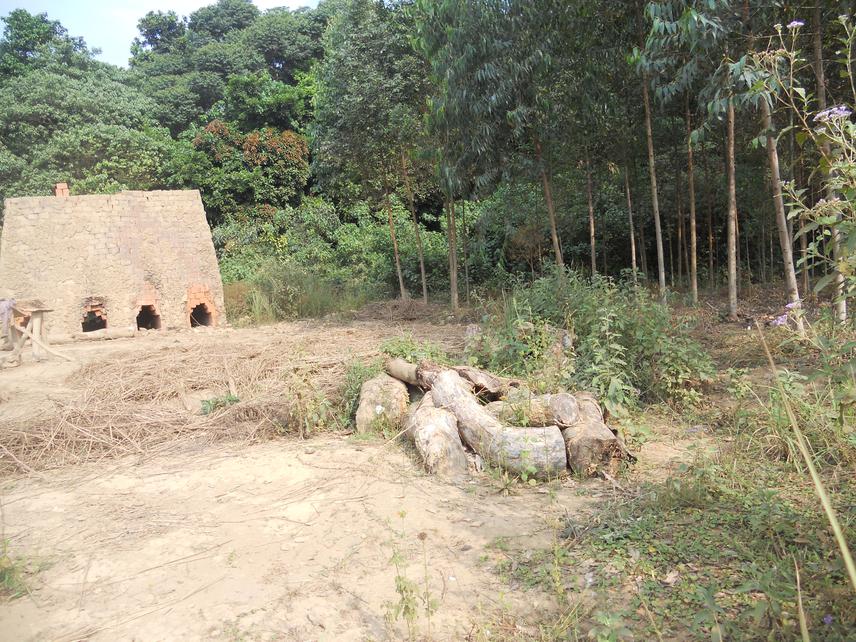Raymond Katebaka
Other projects
18 Feb 2009
Understanding the Impact of Forest Fragmentation on Forest Hornbills of Uganda
29 Jan 2014
Promoting Collaborative Forest Management in Degraded Forests of Central Uganda
26 Jan 2017
Sustaining Community Participation in Collaborative Forest Management in Central Uganda
To work with local communities and identify best conservation practices of degraded forests to maintain their ecosystem functionality and encourage effective management in central Uganda. Train village environment committees in the local leadership of the communities’ adjacent forest fragments to develop collaborative forest management activities including the establishment of demonstrations projects.

Brick kiln in Kabasanda CFR.
Central Uganda is originally the area had unique natural resources that were heavily utilized by the sitting communities. Dominated by tropical rain forests have been increasingly degraded posing many challenges to biodiversity. The rapidly increasing human population in areas adjacent to the forest has immensely contributed to fragmentation and consequently habitat loss. Thus increases the burden on the natural resources and environment. The changing needs of communities, proposed infrastructures such as roads, housing, resource needs such as food, water, energy, and self employment jobs, needs to support for example school fees, hospital charges of families without stable incomes around the forests will use resources from forests that eventually lead to degradation.
The population growth and the needs to support their livelihood end up with poor practices such as encroachments that are estimated annually at rate of change in total forest area of 10% loss by agricultural activities in Uganda. Physical disturbance, forest excisions to give room for agricultural development or any other alternative form of land-use, and exploitation for food game-hunting, fruits and vegetables, and medicinal herb collection amongst others shall be addressed in this project that contribute significantly to degradation. All these resulted/contributed to a diminished quality of life in forest fragments, hence the concern for these forests in central Uganda. Thus communities have modified and changed the natural forests for that reason. This work will step up forest conservation activities in the communities adjacent those forest fragments by participation, since most degradation has been driven by their needs.
This work will quantify the factors in and around forest patches to determine the integrity of the remaining areas, assess the size and type of human activities leading to forest destruction, analysis will be conducted with the community environmental committees to rank and score factors to be addressed accordingly. The community village environmental committees will be trained to train their communities and identify the current problems to add on the already known. These will be agreed upon that these problems are real and facing forest fragments. The project will also bring together various stakeholders in the forest conservation and establish a follow-up program.
Bird species such as frugivores will be monitored to measure and help to detect population changes that are important controls of the proposed activities in future. The work will contribute to future analyses of biodiversity indicators conservation.